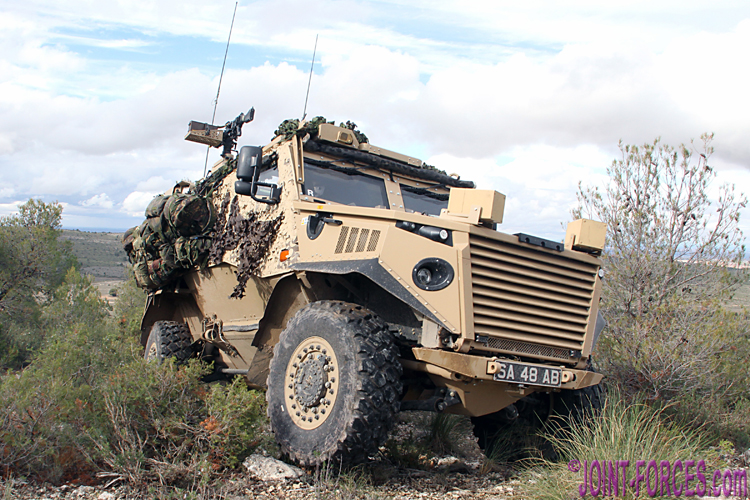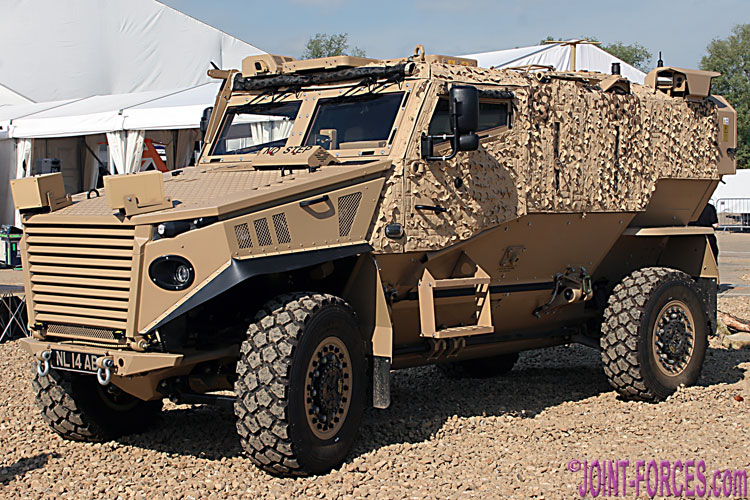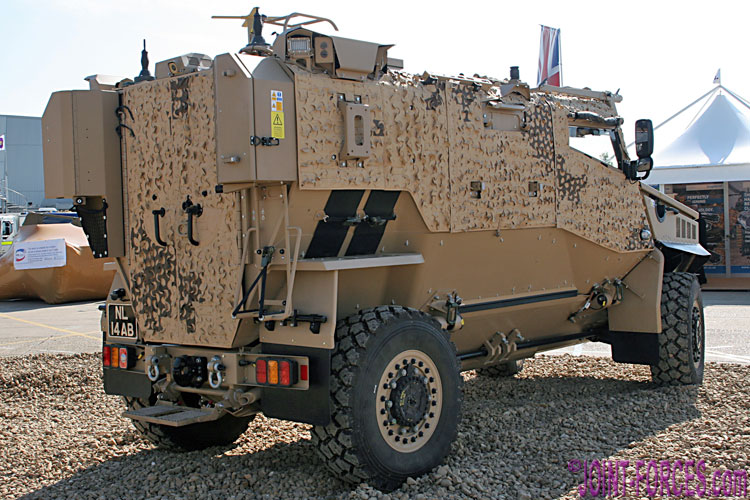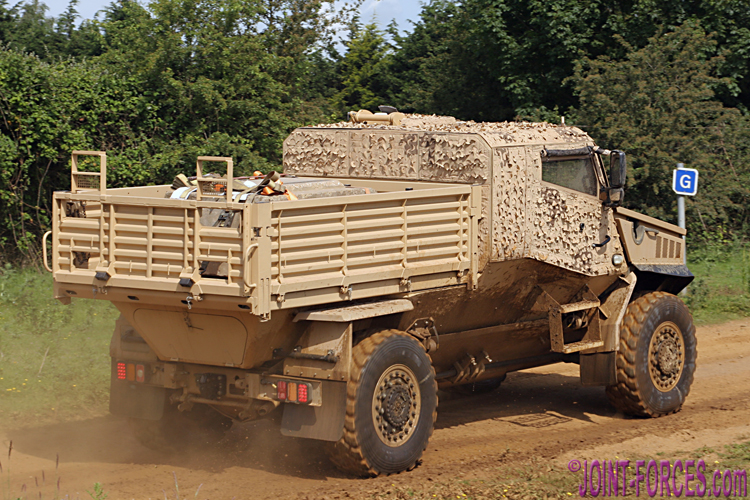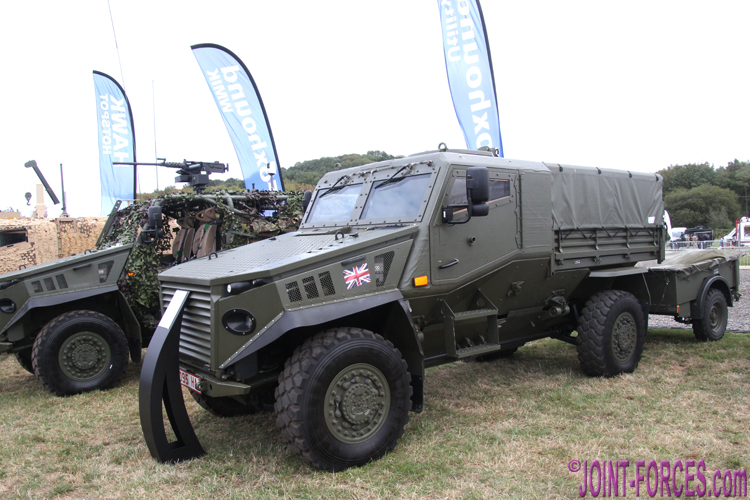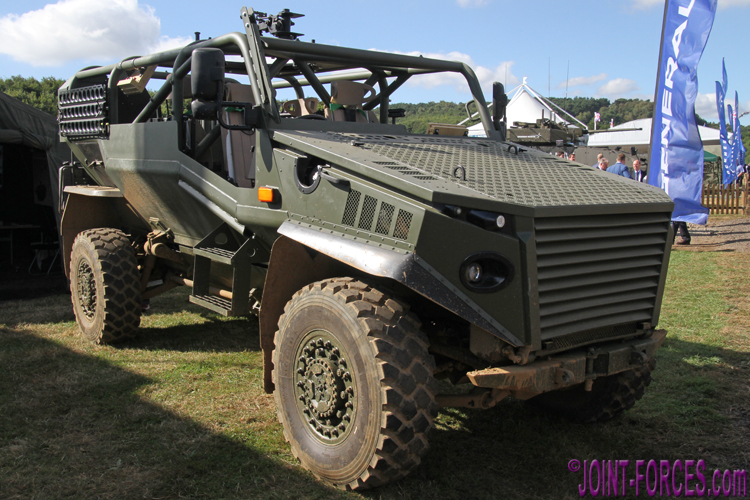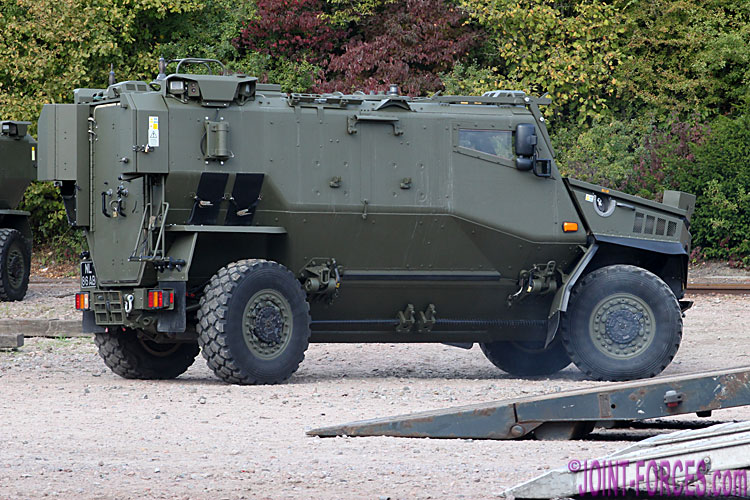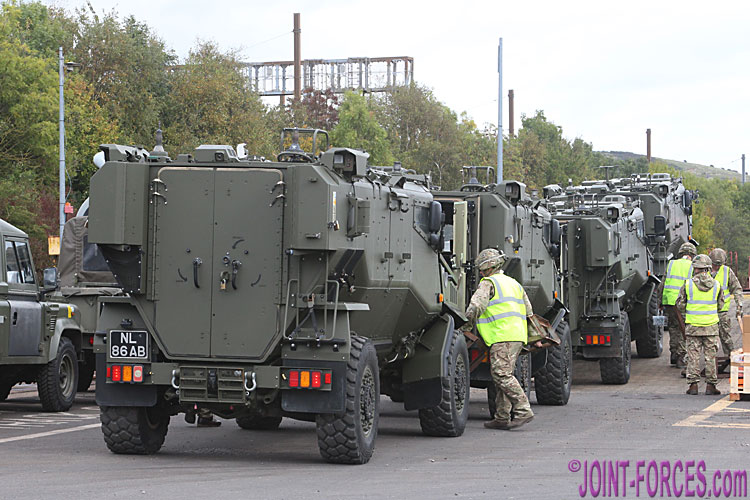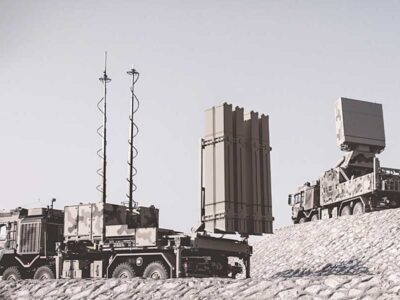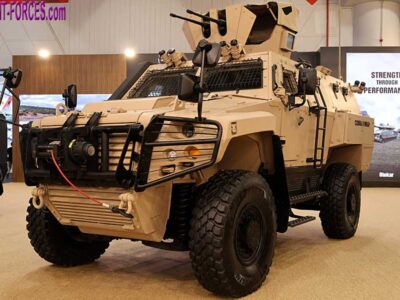The FOXHOUND LPPV, produced in 2012 as an Urgent Operational Requirement for the British Army by Force Protection Europe, is now part of the Core Fleet, writes Bob Morrison.
FOXHOUND LPPV (Light Protected Patrol Vehicle) is now fully integrated into the Core Fleet available to the British Army, and RAF Regiment, for use by the six Infantry battalions assigned to the Light Protected Mobility role plus the two RAF Regiment squadrons (No. 1 and No.34) operating in the Light Armour role for airfield defence. At time of writing the 1st Battalion of the Royal Irish Regiment (1 R IRISH) has deployed a large number to Norway on Exercise TRIDENT JUNCTURE 2018, some by road and some by rail, and No. 1 Squadron of the RAF Regiment has deployed with more of these compact vehicles in the Airfield Protection role at Thumrait in Oman on Exercise SAIF SAREEA 3, plus operationally both the British Army and RAF Regiment are also using the vehicle in Afghanistan on Op TORAL.
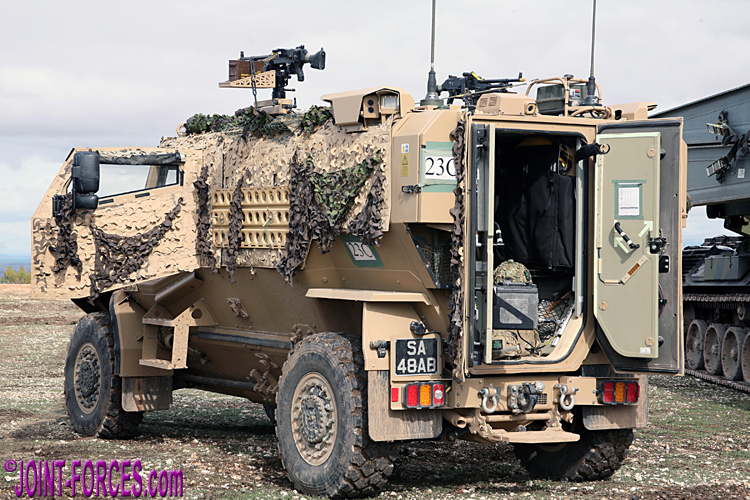
1 R IRISH vehicle in Chinchilla during TRJE15 – four troops sit in the rear with driver and commander up front [© BM]
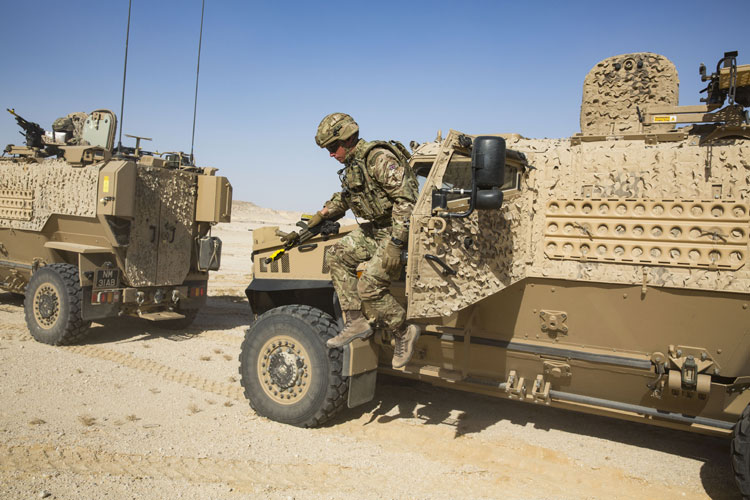
1 Sqn RAF Regiment practising dismounting drills with FOXHOUND, Oman, 5th October 2018 [Crown Copyright: Cpl Rob Bourne]
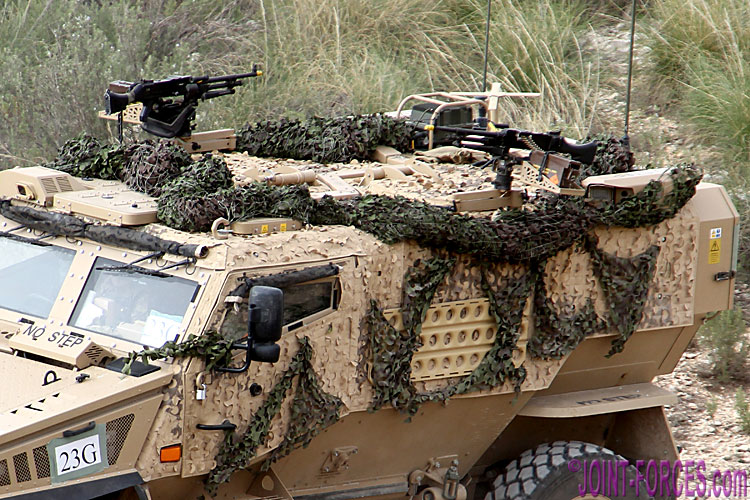
The two roof hatches giving access to top cover GPMGs hinge along the centre of the troop compartment and are staggered each side [© BM]
For self-protection, FOXHOUND is fitted with two 7.62mm GPMG (General Purpose Machine Gun) mounts alongside the top cover roof hatches. The OCELOT marketed by GDLS has the option for a Remote Weapon Station instead, but this has not been taken up by UK MoD.
{ images © Bob Morrison unless noted }
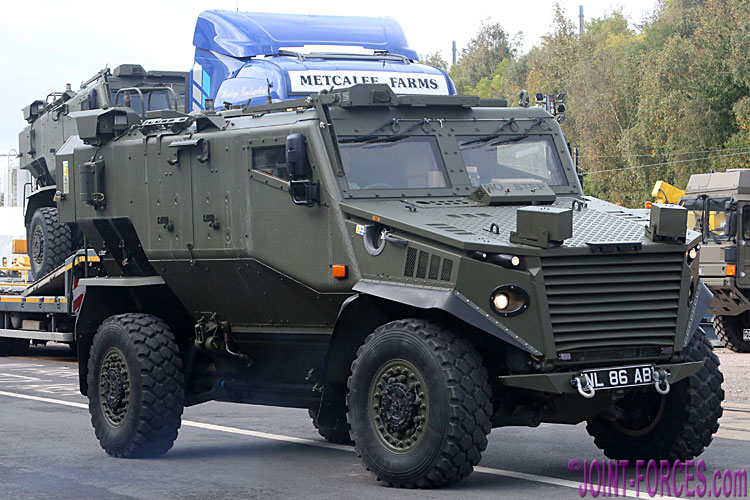
Royal Irish Regiment FOXHOUND being loaded onto a train for rail delivery through the Channel Tunnel and onward to Norway [© BM]
{ images © Bob Morrison unless noted }


